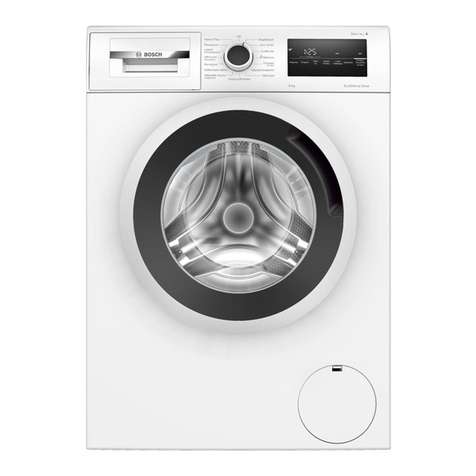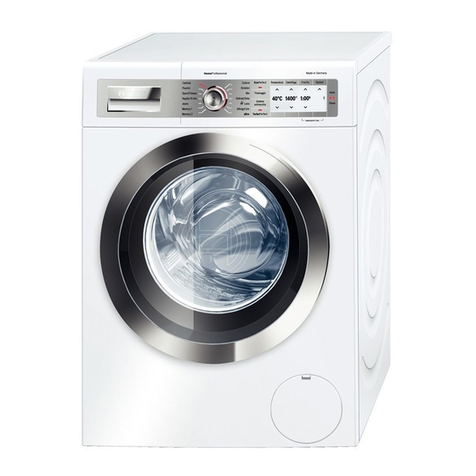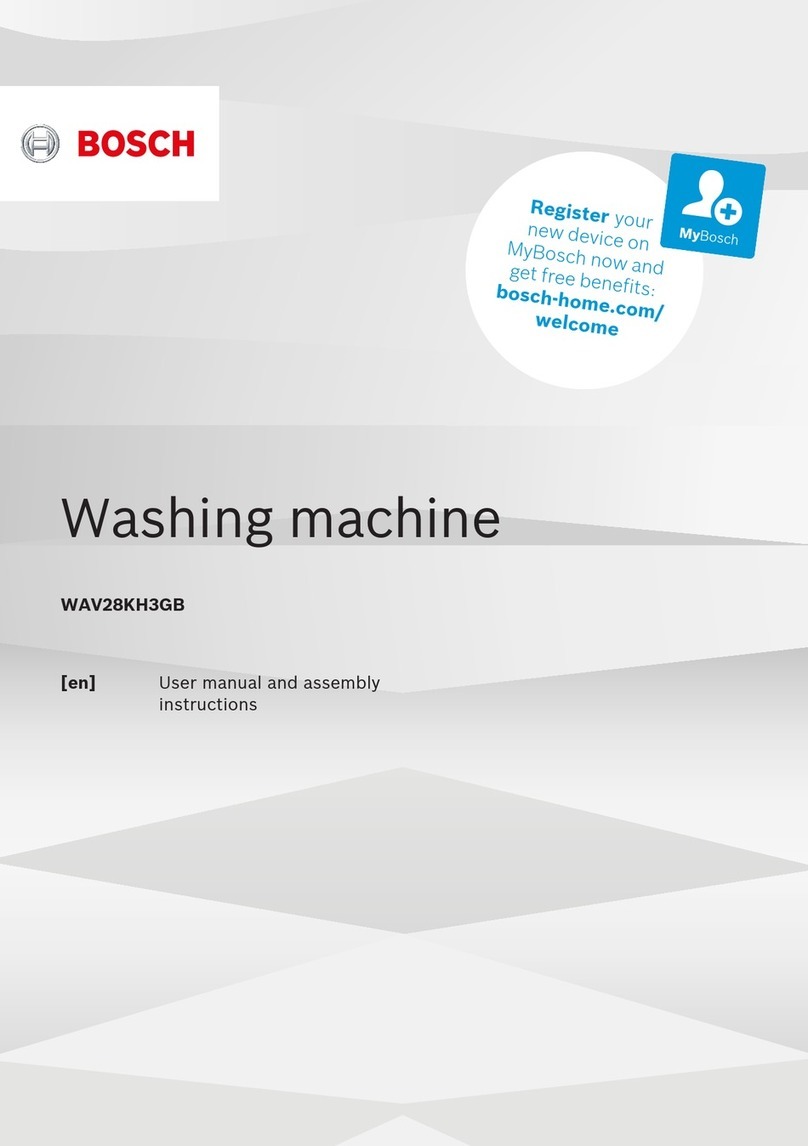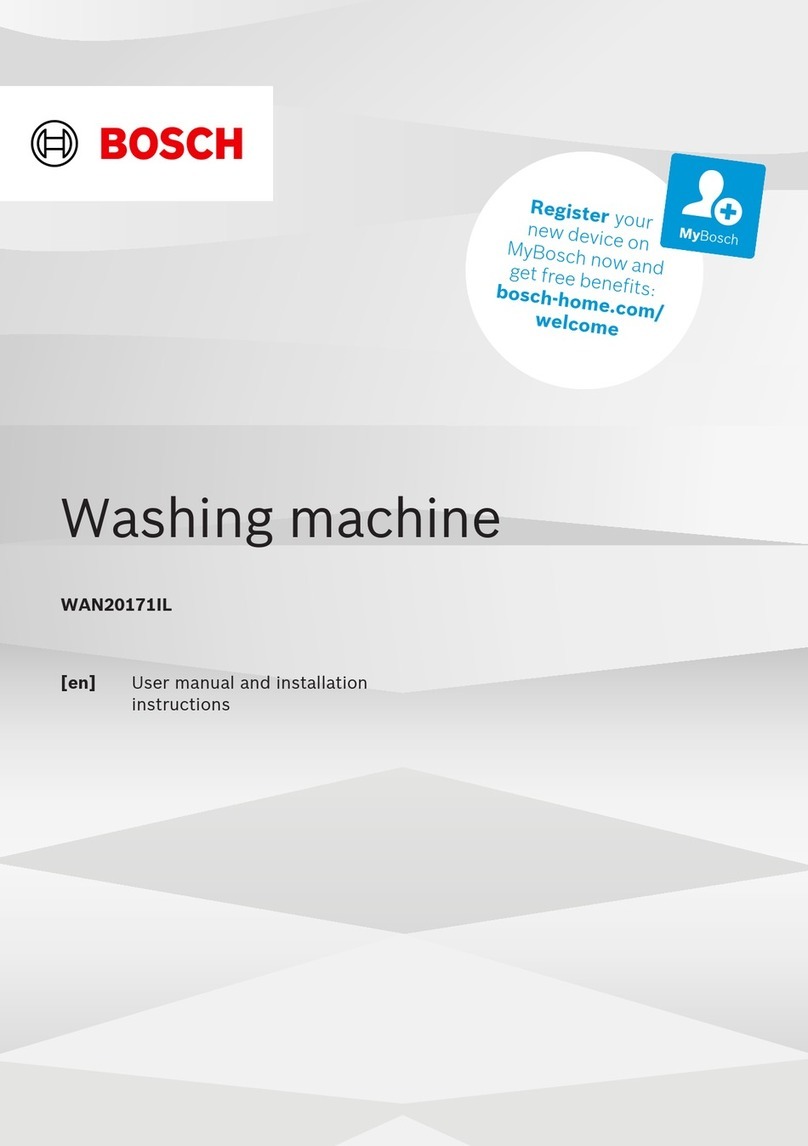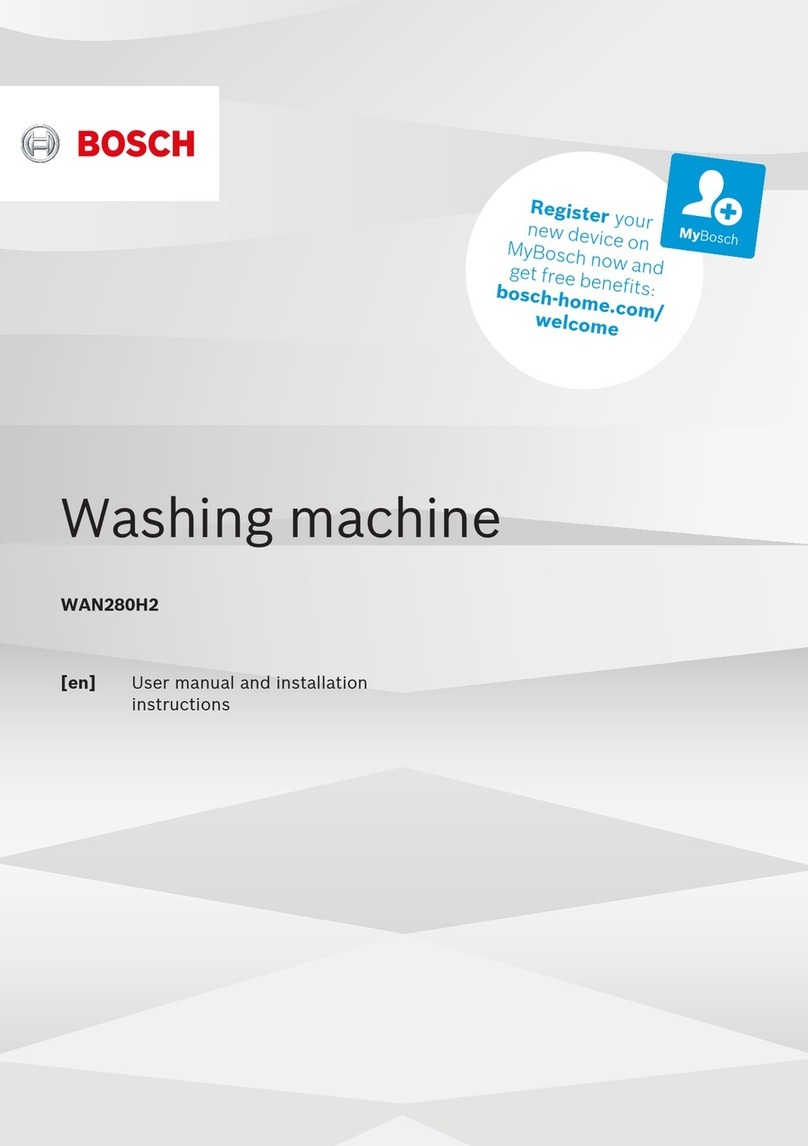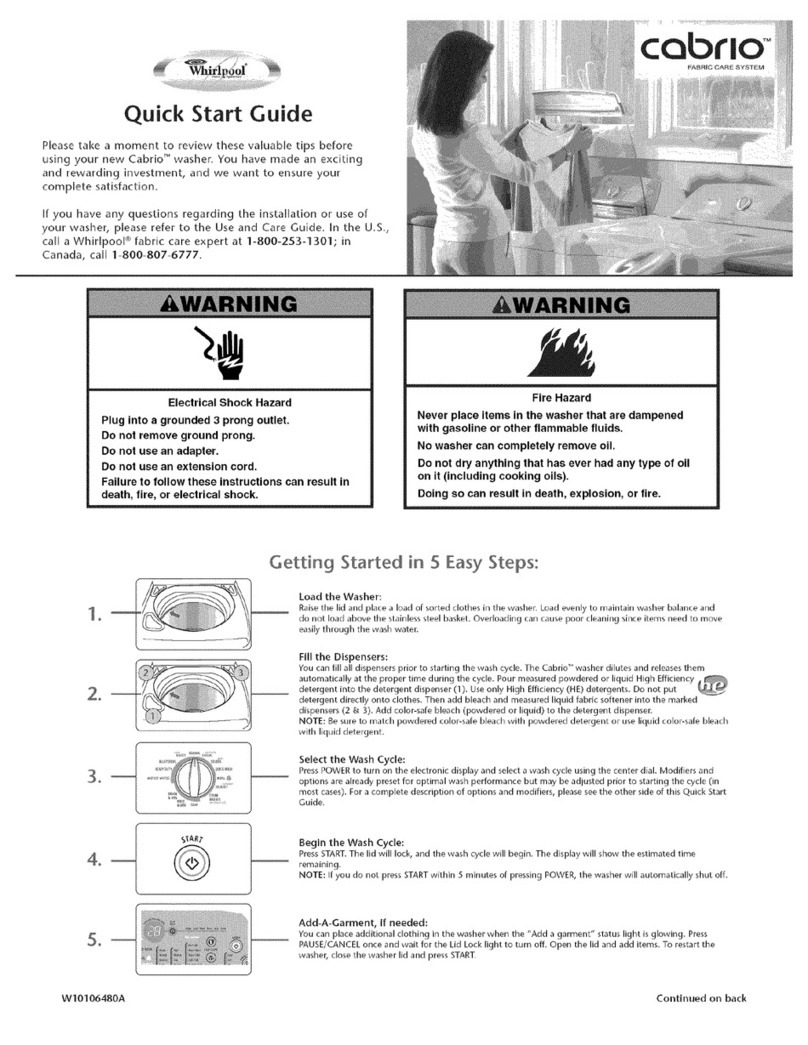
Repair Instructions – Laundry
2017-05-22 / DIS 113_58300000186503_ara_en_c Copyright by BSH Hausgeräte GmbH Page 1 of 85
1 Concerning this document 3
1.1 Important information......................................................................................3
1.2 Explanation of symbols...................................................................................3
2 Safety 5
2.1 Qualification.................................................................................................... 5
2.2 General safety information............................................................................. 5
2.3 Product-specific safety information.................................................................6
2.4 Measures after each repair............................................................................ 7
3 Design and function 8
3.1 Safety system................................................................................................. 8
3.2 Safety switch...................................................................................................9
3.3 Flow-through sensor..................................................................................... 10
3.4 Turbidity sensor............................................................................................ 11
3.5 Light barrier...................................................................................................12
3.6 Calibrating the turbidity sensor.....................................................................13
3.7 Anti-crease function...................................................................................... 14
3.8 3D sensor..................................................................................................... 15
3.9 Load detection function with 3D sensor....................................................... 16
3.10 3G sensor....................................................................................................17
3.11 Unbalanced load detection........................................................................... 20
3.12 Heater with boil-dry protection......................................................................22
3.13 Siphon ..........................................................................................................23
3.14 Drip rail......................................................................................................... 24
3.15 Drain pump................................................................................................... 25
3.16 Aquastop....................................................................................................... 26
3.17 Door lock (electromagnetic)..........................................................................27
3.18 NTC...............................................................................................................29
4 Fault diagnosis 30
4.1 Malfunctions................................................................................................ 30
Gap between control panel and worktop too large...................................... 30
Drum lighting not functioning........................................................................31
Gasket leaking.............................................................................................. 32
Appliance won't switch on/off....................................................................... 32
Pump off....................................................................................................... 32
Does not use fabric softener with extra rinse...............................................33
Water runs in constantly............................................................................... 33
Water leakage...............................................................................................33
Takes too much water.................................................................................. 33
Takes fabric softener immediately................................................................ 33
Option buttons do not function..................................................................... 34
Display dark.................................................................................................. 34
Appliance is not functioning......................................................................... 34
Appliance does not heat up......................................................................... 34
4.2 Result faults................................................................................................ 36
Appliance is not spinning adequately...........................................................36
Creased laundry .......................................................................................... 37
Damaged washing / foreign objects............................................................. 37
Damaged washing / holes............................................................................ 38
Damaged washing / grease..........................................................................39
Damaged washing / colour fading................................................................ 39
Damaged washing / elastane content.......................................................... 39
Damaged washing (light stains)................................................................... 40
Damaged washing (matted)......................................................................... 40
Damaged washing (washing discoloured)....................................................41
Damaged washing (washing shrunk)........................................................... 41
Damaged washing (torn).............................................................................. 42
High detergent consumption.........................................................................42
Poor rinsing result........................................................................................ 43
4.3 Leaks............................................................................................................ 44
Door glass leaking........................................................................................ 44
Seal leaking.................................................................................................. 44
Seal deformed (leaking)............................................................................... 44
Leak between housing of detergent dispenser tray and magnetic
valves............................................................................................................ 45
Detergent dispenser leaking.........................................................................45
Foam coming out of detergent dispenser.................................................... 45
Drainage hose leaking..................................................................................45
Eliminate....................................................................................................... 46
4.4 Noises.......................................................................................................... 47
Noises........................................................................................................... 47
Noises when drum rotating.......................................................................... 47






